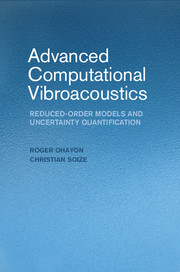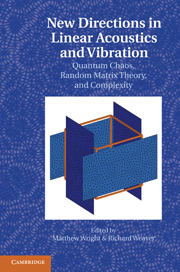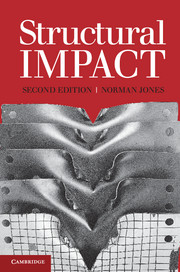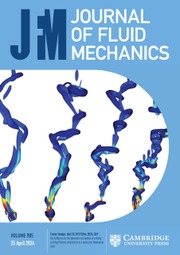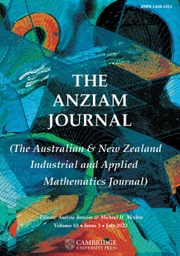Advanced Computational Vibroacoustics
Advanced Computational Vibroacoustics presents an advanced computational method for the prediction of sound and structural vibrations, in low- and medium-frequency ranges - complex structural acoustics and fluid-structure interaction systems encountered in aerospace, automotive, railway, naval, and energy-production industries. The formulations are presented within a unified computational strategy and are adapted for the present and future generation of massively parallel computers. A reduced-order computational model is constructed using the finite element method for the damped structure and the dissipative internal acoustic fluid (gas or liquid with or without free surface) and using an appropriate symmetric boundary-element method for the external acoustic fluid (gas or liquid). This book allows direct access to computational methods that have been adapted for the future evolution of general commercial software. Written for the global market, it is an invaluable resource for academic researchers, graduate students, and practising engineers.
- Effective and efficient methods are presented in an accessible way for a wide variety of readers from academic, research and engineering communities and for those within solid and fluid mechanics, acoustics, scientific computing, applied mathematics and physics
- Outlines advanced computational methods for the prediction of sound and structural vibrations in low- and medium-frequency ranges of complex vibroacoustic and fluid-structure interaction systems encountered in aerospace industry, automotive, railway industry, naval industry as well as in energy production industries
- Formulations are presented within a unified computational strategy, allowing a direct access to computational methods and adapted to the present and future generation of massively parallel computers
Product details
July 2014Adobe eBook Reader
9781316057865
0 pages
0kg
16 b/w illus.
This ISBN is for an eBook version which is distributed on our behalf by a third party.
Table of Contents
- 1. Principal objectives and a strategy for modeling vibroacoustic systems
- 2. Definition of the vibroacoustic system
- 3. External inviscid acoustic fluid equations
- 4. Internal dissipative acoustic fluid equations
- 5. Structure equations
- 6. Vibroacoustic boundary-value problem
- 7. Computational vibroacoustic model
- 8. Reduced-order computational model
- 9. Uncertainty quantification in computational vibroacoustics
- 10. Symmetric BEM without spurious frequencies for the external acoustic fluid.

